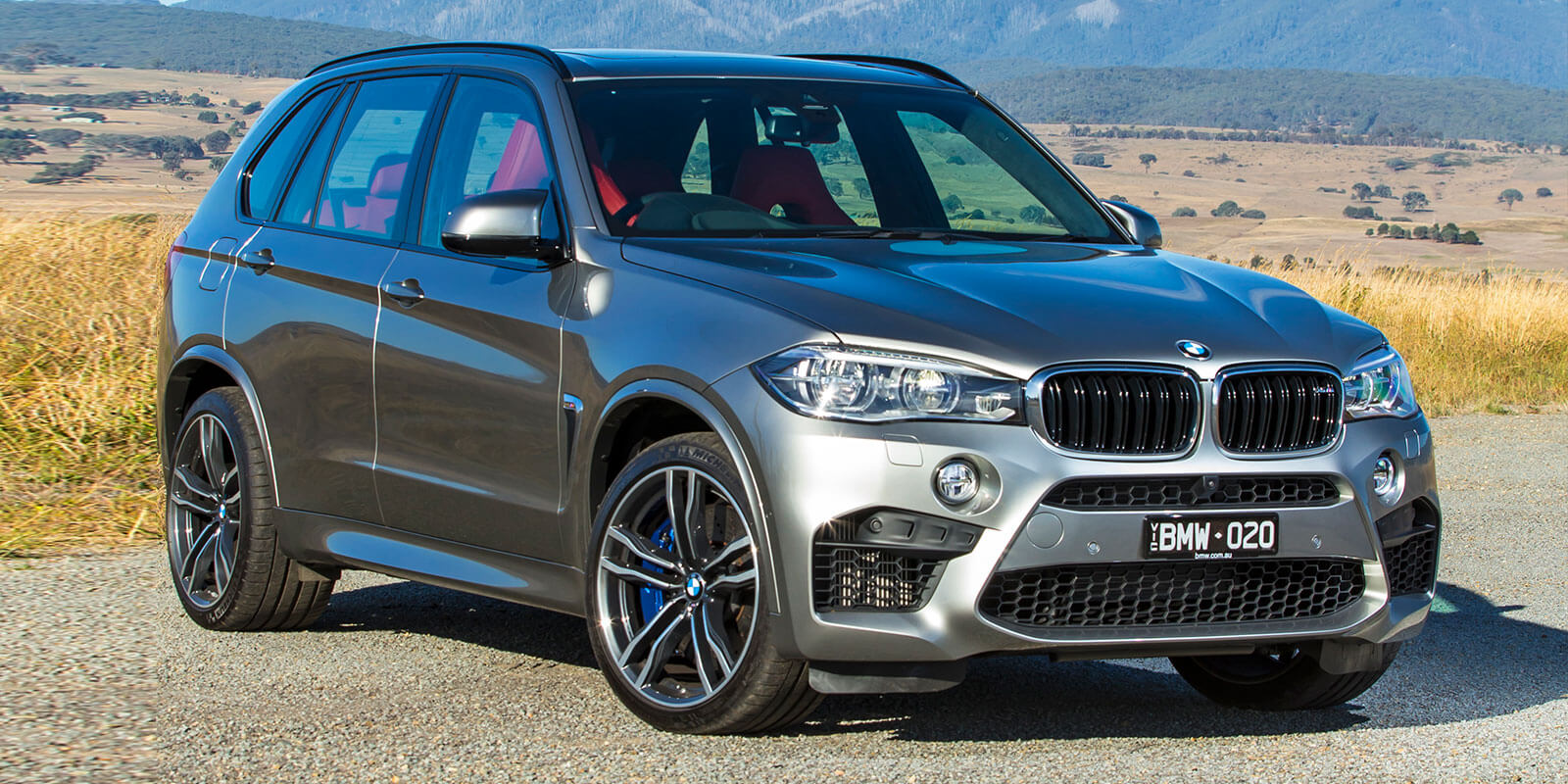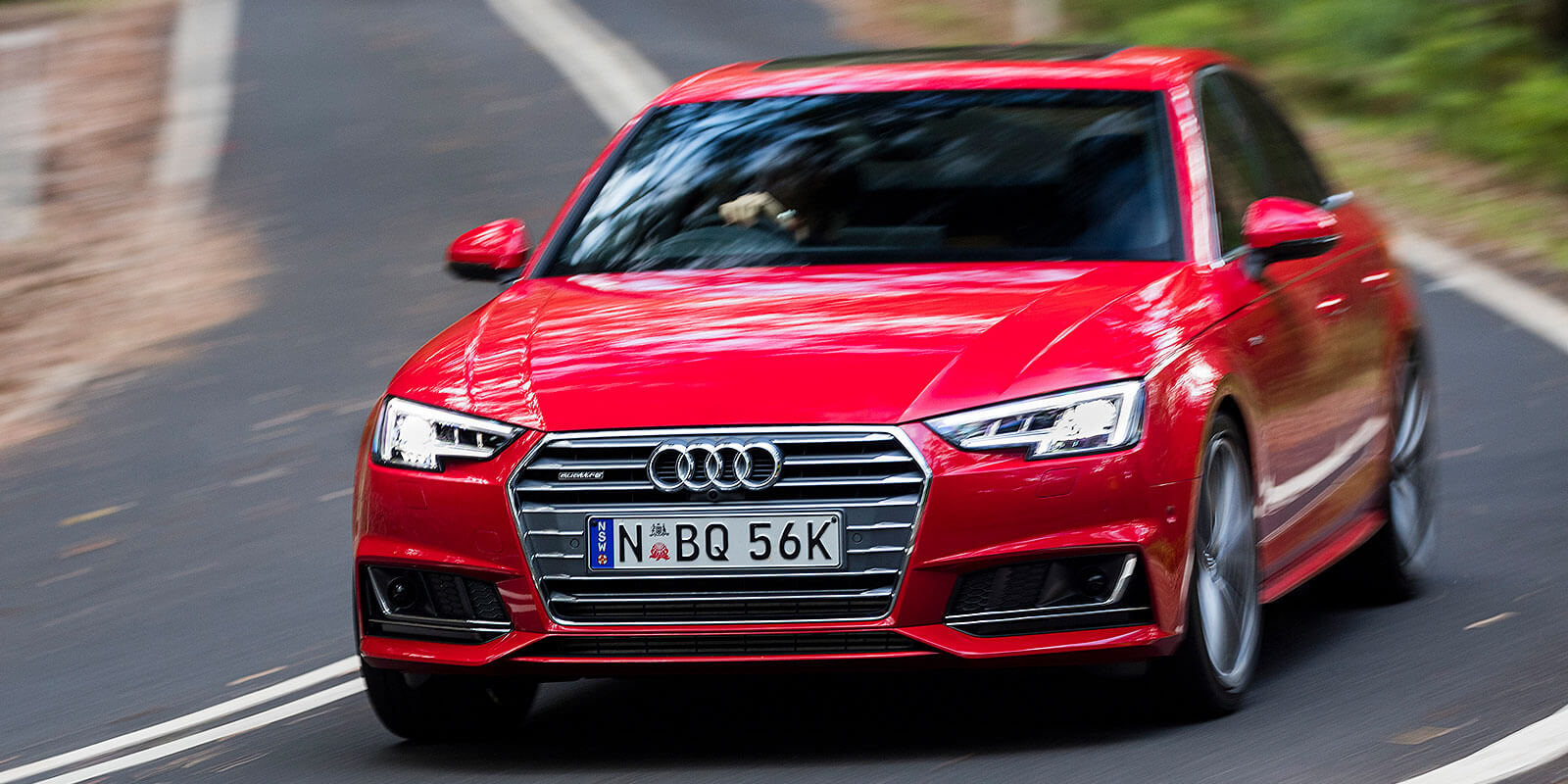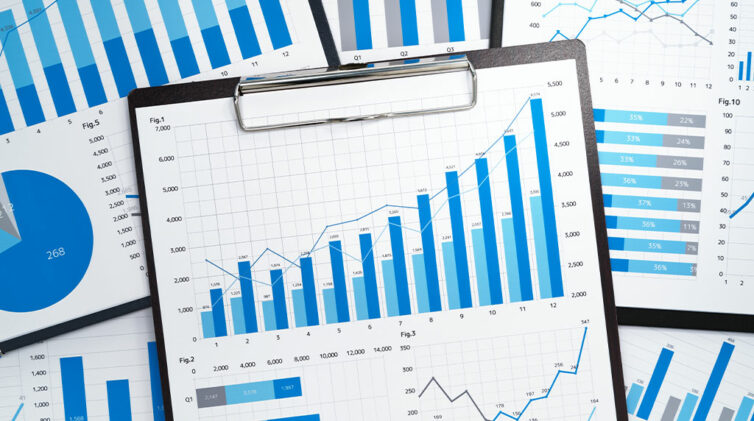Both Mercedes and BMW broke through the two-million-unit ceiling for the first time last year, but it was the Stuttgart-based car-maker which finished the year in front with 2,083,888 sales (excluding vans and trucks and not including other brands in its stable), while its Bavarian arch-rival managed a still-impressive 2,003,359 new deliveries.

Audi, which has aspirations to be number one both globally and in Australia, finished the year with 1,871,350 sales worldwide – up 3.8 per cent on 2015, which was a lower growth rate than the 5.2 and 11.3 per cent experienced by BMW and Mercedes respectively.
The result reflects strong international demand for new vehicles – increasingly SUVs – in the premium car sector, with all three German marques attracting hordes of first-time customers from mainstream brands, and repeat business, with significant new models and key entrants in more affordable smaller-vehicle segments.
In Australia, the prestige-car triumvirate outstripped their parents’ global growth rates with record annual results, Mercedes climbing 15.4 per cent with 36,634 sales (again, excluding commercial vehicles), BMW rising 12.0 per cent with 28,028 units and Audi up 5.1 per cent with 24,258.

G force: Mercedes now has a formidable line-up of G-branded SUVs, led by the GLC which racked up almost 4500 sales in Australia last year – second only to the bestselling C-Class.
This was Audi’s 12th successive year of annual sales growth but ends a run of three double-digit returns after two straight 20.1 per cent increases in 2014 and 2015 and 10.1 per cent growth in 2013, when in the space of a year it went from around 14,500 units to beyond 16,000 and took off on a stunning period in the fast-lane that put its rivals, and the broader industry, on notice.
Mercedes and BMW have likewise experienced double-digit sales growth since 2013, and continued the run last year when Audi’s indicators were back on for a return to the left-hand lane.
Amid all the backslapping, Mercedes and BMW passenger car sales were both in negative territory last year, down 3.6 and 8.4 per cent respectively, and while Mercedes remained the dominant force with 23,253 units sold, BMW’s decline (to 13,611) put it behind Audi – on 14,117, +4.8 per cent – for only the second time ever in this market. It also achieved the feat in 2011.
BMW’s sales in Australia rely heavily on the X-branded SUVs, and it remained the leading prestige brand last year in this increasingly important sector with 14,417 units – up by a sterling 41.9 per cent over 2015, thanks to the new and expanded X1 range (4090, +194 per cent) and a combined 5558 units from its X3/X4 duo (+36.3/55.0 per cent respectively).
The X5 remained BMW’s highest-selling nameplate in Australia with 4181 sales – exactly the same figure as 2015 – as its X-plated vehicles overall accounted for 51.4 per cent of its total volume, well up on the brand’s global return of 32.2 per cent.
While BMW’s global SUV sales rose 22.3 per cent, Mercedes’ went even higher – up 34.3 per cent – with what is now a formidable ‘G-force’ in GLA, GLC, GLC Coupe, GLE, GLE Coupe, GLS and G-Class.

Locally, Mercedes is fast closing the gap to BMW in the SUV segment with its new entrants, recording 13,381 sales last year for a 75.3 per cent increase over 2015. The standout was the mid-size GLC, snagging 4454 new registrations in its first full year on sale to become the brand’s second most popular vehicle line behind the C-Class.
Audi’s growth last year was clipped by a stop-sale on its diesel-powered Q5 as part of the VW Group emissions cheating scandal, though more telling was a less frenetic product launch schedule that will ramp up again this year with the all-new Q2 and A5 Coupe in the first quarter, followed by the A5 Sportback, RS3 sedan and TT RS Coupe.
The year will be capped off with the new-generation Q5, putting the four-ringed brand in line for a return to double-digit growth in SUV/passenger car and overall terms.

The new Q-branded models in particular should see Audi emulate its rivals with substantial SUV sales growth, improving on the 5.5 per cent increase in SUV sales it recorded this year and narrowing the gap between SUVs and passenger cars. Its 10,141 SUV sales last year was 3976 units shy of its passenger car total, or 41.8 per cent of its total sales.
For the record, Mercedes’ total sales last year climbed to 41,226 (+13.3 per cent) once its commercial vehicles are factored in – segments in which BMW and Audi do not compete – which handed the prestige brand a 3.5 per cent share of the entire new-vehicle market in Australia, up from 3.1 per cent last year.
It again finished just outside the top 10 best-selling brands, ending the year in 11th position overall for the second year running as Kia leapt to 10th position (42,668) and Honda fell back to 12th (40,838).
By Terry Martin













 Read More: Related articles
Read More: Related articles

